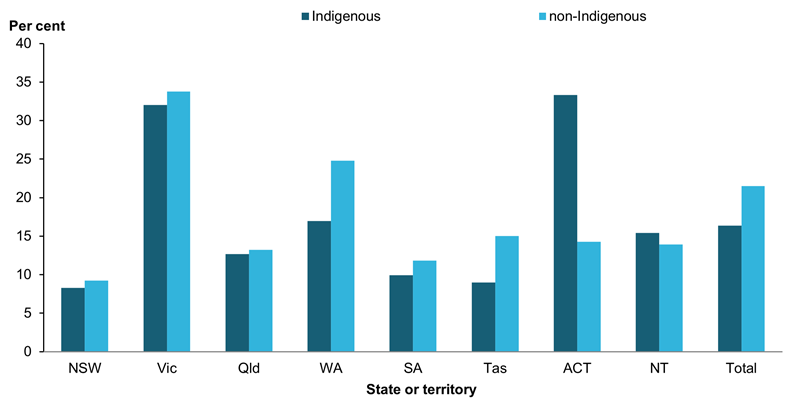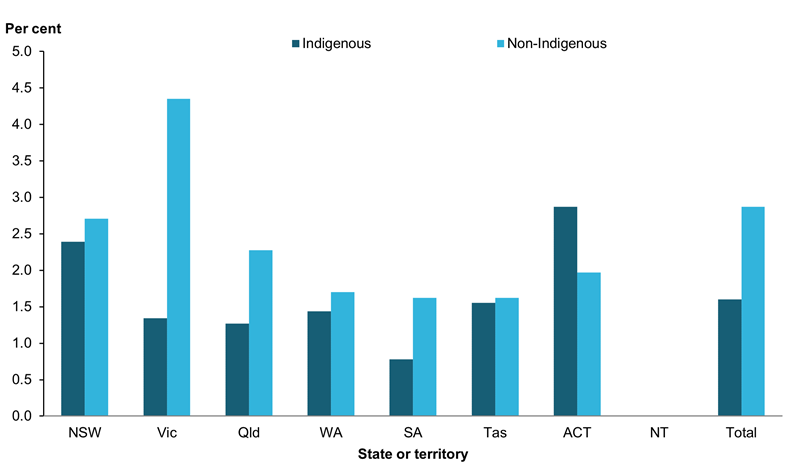How many children exited out-of-home care to a permanency outcome?
In 2020–21, more than 9,900 children exited out-of-home care to a permanency outcome, including children who were placed on a long-term guardianship or custody order, reunified with family, placed in a third-party parental care arrangement or adopted (Supplementary table S6.3).
How many children were reunified?
Reunification is the policy priority for children in out-of-home care across all states and territories and aims to return a child home safely after time in care and enable that child to stay at home. This occurs when it is in the child’s best interest and where it will promote long-term stability and permanency (AIHW 2016).
In 2020–21, there were about 27,300 children in out-of-home care, excluding those on long-term guardianship or custody orders. Of these children, nearly 5,400 (20%) were reunified during this time (Supplementary table S6.1).
About 1,700 Indigenous children (16%) were reunified in 2020–21. Indigenous children in the Australian Capital Territory and Victoria had the highest proportion of reunification (33% and 32% respectively). About 3,700 non-Indigenous children were reunified in the same period, with the highest proportion of children reunified in Victoria (34%). (Supplementary table S6.1 and Figure 6.2)
Figure 6.2: Children reunified with family from out-of-home care in 2020–21, by Indigenous status and state or territory (per cent)

Note: Children on long-term guardianship orders were excluded from the denominator when calculating reunification rates (see Appendix B in Child protection Australia 2018–19 for technical specifications).
Chart: AIHW.
Source: Supplementary data table S6.1, AIHW Child Protection Collection 2020–21.
How many children exited to a third party parental arrangement?
State and territory legislation emphasises the importance of permanency planning through stability of care, which is often achieved through third-party parental responsibility orders. The timing of permanency-related action is determined by the individual circumstances of the child. However, permanency planning is typically initiated as a child enters care. For many children, longer-term care arrangements such as third-party parental responsibility orders are pursued only when safe reunification is not possible, or when alternative care has been deemed the most suitable way to achieve stability for the child.
In 2020–21, nearly 1,300 children (2.3% of the 56,900 children in out-of-home care during the reporting period) exited out-of-home care to a third-party parental care arrangement during 2020–21 (Supplementary table S6.2).
A higher proportion of non-Indigenous children exited out-of-home care to a third-party parental care arrangement compared to Indigenous children (2.9% and 1.6% respectively) (Supplementary table S6.2 and Figure 6.3).
Figure 6.3: Children exiting out-of-home care to third-party parental care arrangements in 2020–21, by Indigenous status and state or territory (per cent)

Chart: AIHW.
Source: Supplementary data table S6.2, AIHW Child Protection Collection 2020–21.
How many children were adopted?
In 2020–21, there were 94 known-carer adoptions from out-of-home care (unpublished data from AIHW Child Protection Collection).


